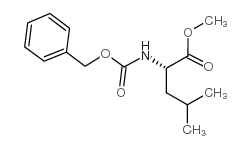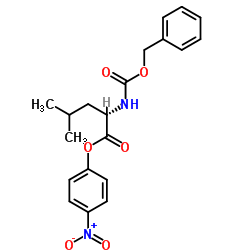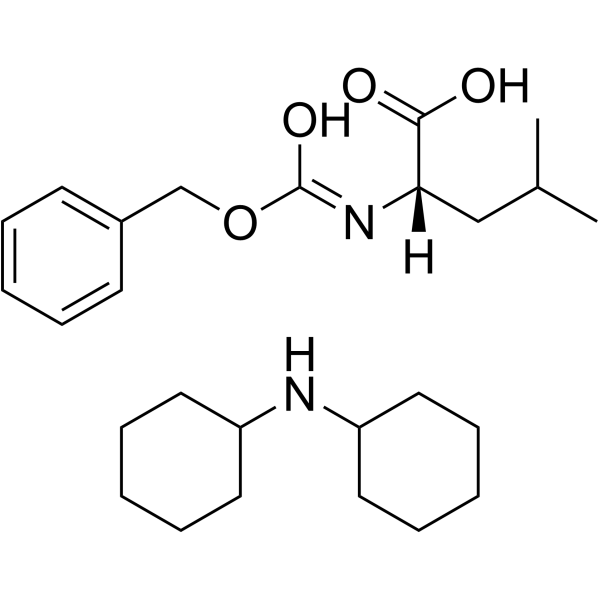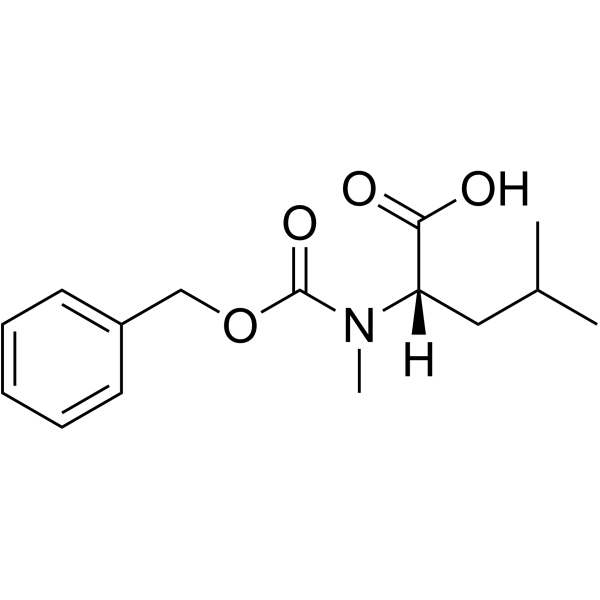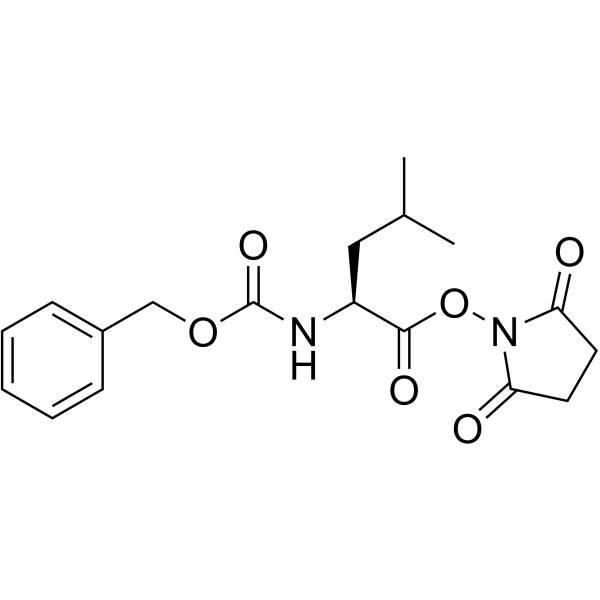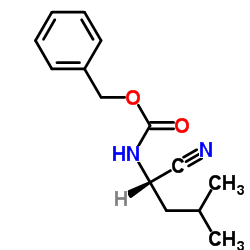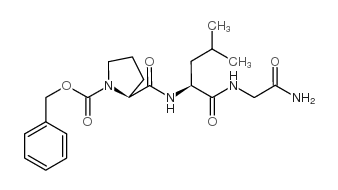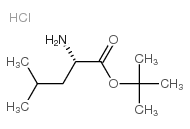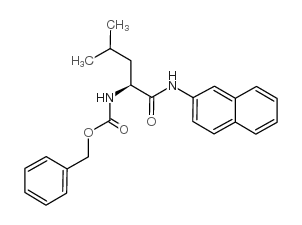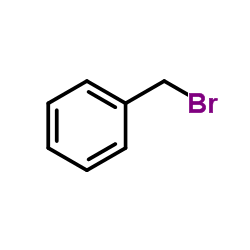2018-66-8
| Name | N-benzyloxycarbonyl-L-leucine |
|---|---|
| Synonyms |
N-[(Benzyloxy)carbonyl]-L-leucine
N-(Benzyloxycarbonyl)-L-leucine (N-(Benzyloxycarbonyl)leucine Z-L-Leucine EINECS 217-960-3 N-Carbobenzyloxy-L-leucine (2S)-4-methyl-2-(phenylmethoxycarbonylamino)pentanoic acid N-Benzyloxycarbonyl-L-leucine Cbz-L-Leu-OH Carbobenzoxyleucine Benzyloxycarbonylleucine dl-Leucine, N-[(phenylmethoxy)carbonyl]- N-(Benzyloxycarbonyl)-L-leucine N-(B (S)-2-(((Benzyloxy)carbonyl)amino)-4-methylpentanoic acid Z-Leu-OH N-Benzyloxycarbonylleucine L-Leucine, N-[(phenylmethoxy)carbonyl]- N-Cbz-L-leucine N-[(Benzyloxy)carbonyl]leucine MFCD00026494 Cbz-L-leucine Leucine, N-[(phenylmethoxy)carbonyl]- Benzyloxycarbonyl-L-leucine N-Carbobenzoxy-L-leucine |
| Description | N-[(Phenylmethoxy)carbonyl]-L-leucine is a leucine derivative[1]. |
|---|---|
| Related Catalog | |
| In Vitro | Amino acids and amino acid derivatives have been commercially used as ergogenic supplements. They influence the secretion of anabolic hormones, supply of fuel during exercise, mental performance during stress related tasks and prevent exercise induced muscle damage. They are recognized to be beneficial as ergogenic dietary substances[1]. |
| References |
| Density | 1.2±0.1 g/cm3 |
|---|---|
| Boiling Point | 442.8±38.0 °C at 760 mmHg |
| Molecular Formula | C14H19NO4 |
| Molecular Weight | 265.305 |
| Flash Point | 221.6±26.8 °C |
| Exact Mass | 265.131409 |
| PSA | 75.63000 |
| LogP | 3.12 |
| Vapour Pressure | 0.0±1.1 mmHg at 25°C |
| Index of Refraction | 1.528 |
| Storage condition | 2~8°C |
CHEMICAL IDENTIFICATION
HEALTH HAZARD DATAACUTE TOXICITY DATA
|
| Symbol |


GHS02, GHS08 |
|---|---|
| Signal Word | Warning |
| Hazard Statements | H226-H351-H361d |
| Precautionary Statements | P281 |
| Personal Protective Equipment | Eyeshields;Gloves |
| Hazard Codes | Xn:Harmful |
| Risk Phrases | R10;R20/22;R37/38;R40;R41 |
| Safety Phrases | S16-S26-S36/37/39-S45 |
| RIDADR | UN 1993 3/PG 3 |
| WGK Germany | 3 |
| RTECS | OH2921000 |
| HS Code | 2924299090 |
| Precursor 9 | |
|---|---|
| DownStream 10 | |
| HS Code | 2924299090 |
|---|---|
| Summary | 2924299090. other cyclic amides (including cyclic carbamates) and their derivatives; salts thereof. VAT:17.0%. Tax rebate rate:13.0%. . MFN tariff:6.5%. General tariff:30.0% |


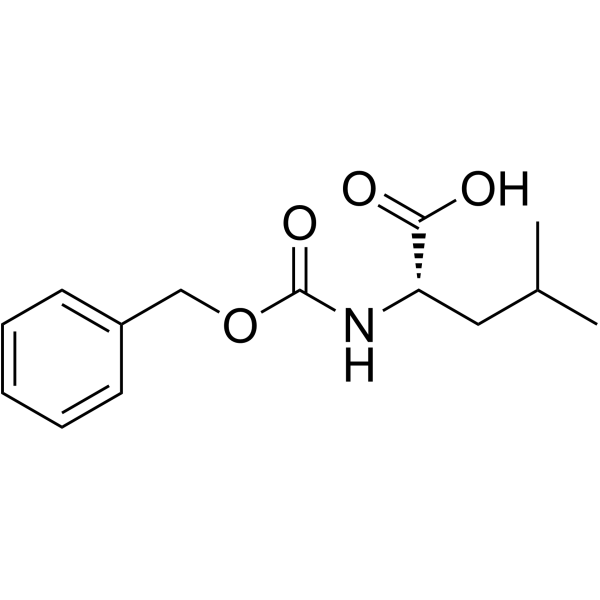
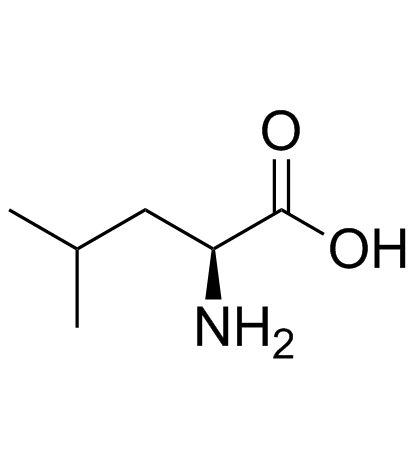
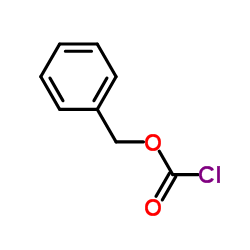
![L-Leucine,N-[(phenylmethoxy)carbonyl]-, 2-phenylhydrazide structure](https://image.chemsrc.com/caspic/164/3242-70-4.png)
